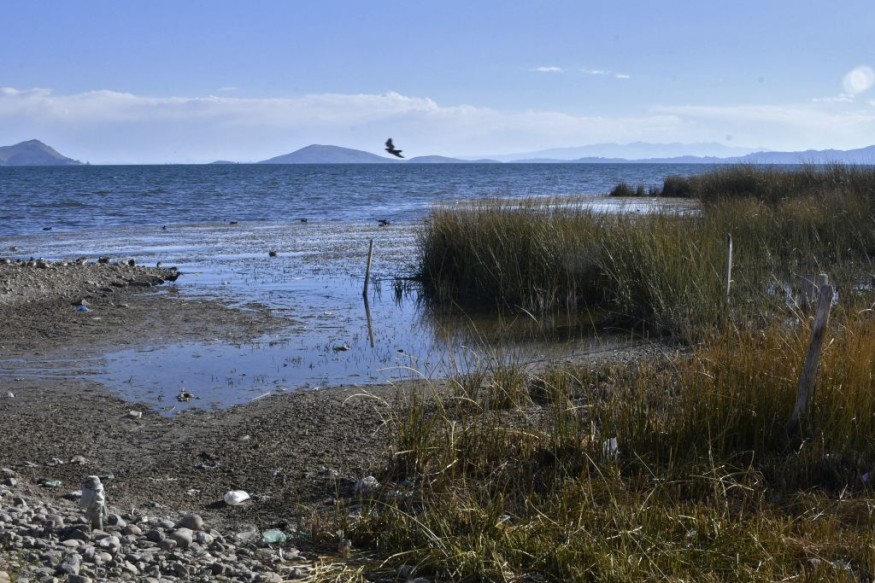
Water levels at Lake Titicaca, the world's highest navigable lake and South America's largest, are plummeting drastically following an unprecedented winter heat wave.
More than three million people live around the lake, relying on its waters to fish, farm, and attract tourists who boost the economy of an otherwise marginalized region.
Now the lake is at risk of losing it.
Increased evaporation and decreasing lake levels
The record-breaking winter heat wave has boosted evaporation and decreased lake levels, increasing drought-related water shortfalls.
Sixto Flores, director of Peru's national meteorology and hydrology agency (Senamhi) in Puno, said that precipitation was 49% lower than average from August 2022 to March 2023, a period that encompasses the rainy season, when water levels typically rebound.
If the lake drains at its regular rate over the next four months, water levels will be at their lowest since 1996 by December, which he described as "very serious."
According to Flores, this is part of a "gradual decline" in lake water levels in recent years, and a recent study that examined satellite images from 1992 to 2020 found that Lake Titicaca is losing around 120 million metric tons of water per year, which the authors attribute to changes in precipitation and runoff.
Impact in agriculture and tourism
Communities that rely on fishing are struggling as low water levels exacerbate the already-existing issues of dwindling fish species as a result of pollution and overfishing.
Drought has also had an impact on agriculture, with regional officials claiming that crops suffered greatly during the recent harvest season. The entire majority of quinoa and potato crops, both local staples, as well as oats used to feed livestock, have been damaged.
The tourist industry suffered as well, as boats used to shuttle guests around the lake became stuck as the waters retreated.
"We are extremely worried most of all because the water level is falling a lot at the moment," Jullian Huattamarca, 36, who sells locally made textiles to visitors to the island of Taquile, said in an interview.
Visitors have long been drawn to the beautiful waters and open skies of South America's largest lake, which crosses more than 3,200 square miles of Peruvian and Bolivian territory.
It is sometimes referred to as a "inland sea," and it is home to indigenous cultures of Aymara, Quechua, and Uros. It is located in the middle Andes mountain range at an elevation of roughly 3,800 meters (12,500 feet), making it the highest navigable lake in the world. The lake's high altitude also exposes it to high levels of solar radiation, which increases evaporation and accounts for the majority of its water losses.
In 2018, a UNESCO workshop in Lake Titicaca convened area specialists to debate scientific research and the protection of underwater cultural heritage, its role in sustainable development, and a project to create an underwater museum.
According to Connor Baker, an analyst with International Crisis Group, the situation necessitates long-term action to protect those who rely on the lake.
"While the lake's fluctuations have been linked to climate variability and natural oscillations, the exacerbating influence of climate change heightens the need for sustained management strategies," he added.
Related Article : The Plight of Lake Titicaca: The World's Highest Lake Faces Water Scarcity Due to Climate Change
Related Video:
© 2025 NatureWorldNews.com All rights reserved. Do not reproduce without permission.





